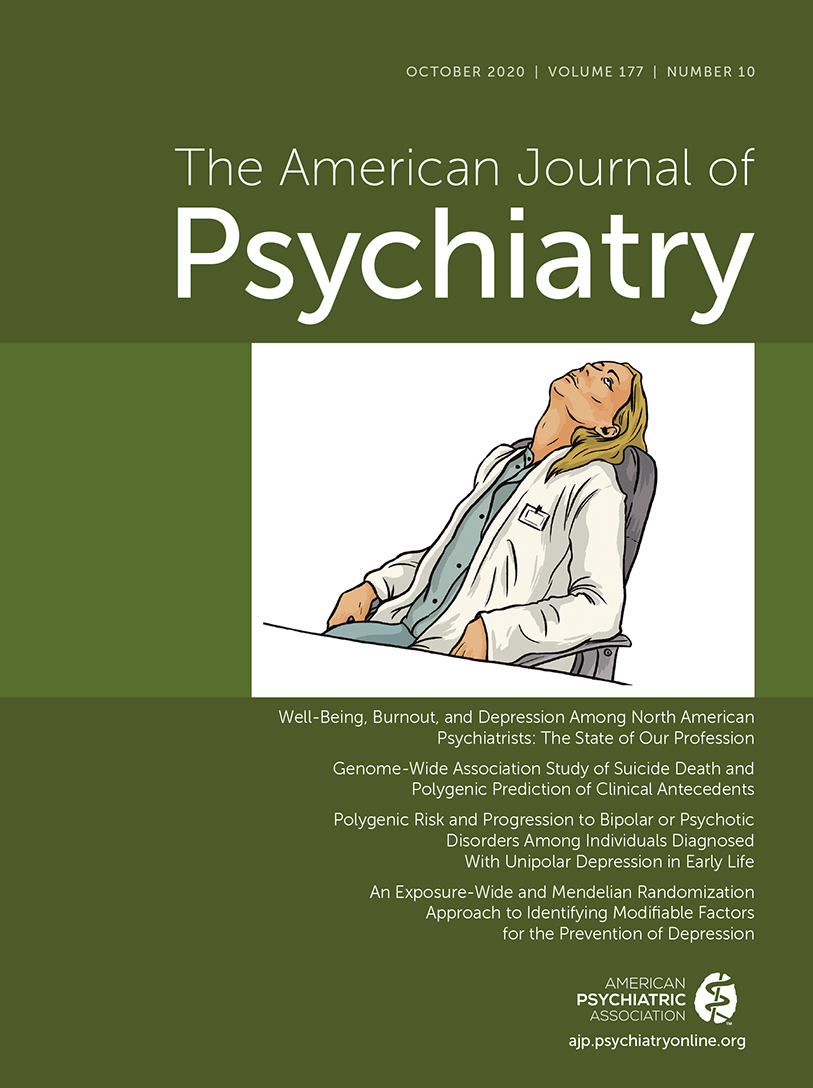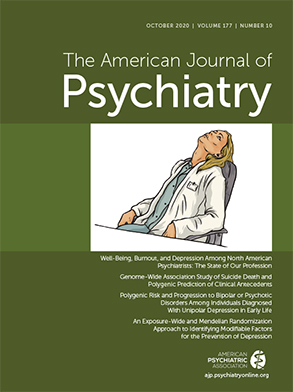Insights Into Suicide and Depression
Genetics and Suicide Death
Parental Rearing and Genetic Transmission of Suicide Attempts and Death
Using Genetics to Predict Illness Course: Depression to Bipolar and Psychotic Disorders
Identifying Causally Linked, Modifiable Factors for Preventing Depression
Factors Associated With Mental Well-Being in Practicing Psychiatry
Low-Dose Testosterone Cream Does Not Augment Antidepressant Responses in Women
A Translational Approach Mechanistically Linking the Gut Microbiome to Depression
Summary
References
Information & Authors
Information
Published In
History
Keywords
Authors
Competing Interests
Metrics & Citations
Metrics
Citations
Export Citations
If you have the appropriate software installed, you can download article citation data to the citation manager of your choice. Simply select your manager software from the list below and click Download.
For more information or tips please see 'Downloading to a citation manager' in the Help menu.
View Options
View options
PDF/EPUB
View PDF/EPUBLogin options
Already a subscriber? Access your subscription through your login credentials or your institution for full access to this article.
Personal login Institutional Login Open Athens loginNot a subscriber?
PsychiatryOnline subscription options offer access to the DSM-5-TR® library, books, journals, CME, and patient resources. This all-in-one virtual library provides psychiatrists and mental health professionals with key resources for diagnosis, treatment, research, and professional development.
Need more help? PsychiatryOnline Customer Service may be reached by emailing [email protected] or by calling 800-368-5777 (in the U.S.) or 703-907-7322 (outside the U.S.).

